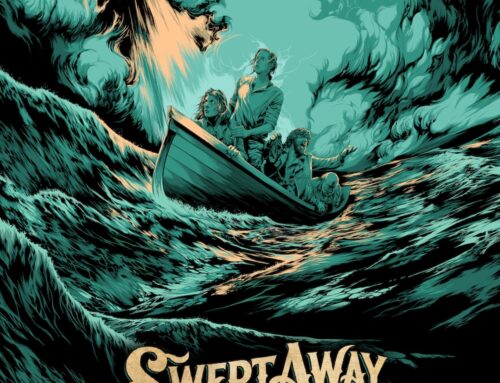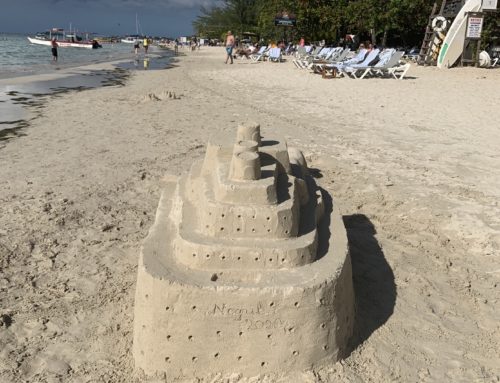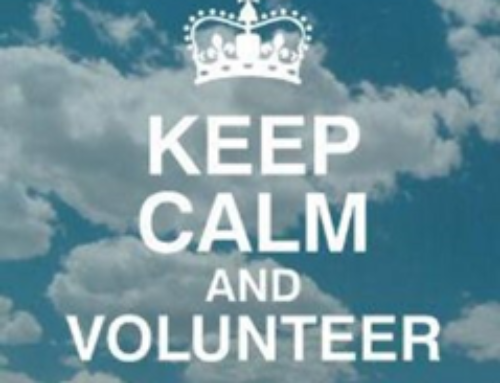 Guest Post by Kristie Aylett
Guest Post by Kristie Aylett
Analytics. Metrics. Dashboards. Online surveys. Research is step one for many projects and campaigns, and it’s easier than ever to get numbers.
Insights? Those are a bit harder to uncover. We sift through reports like we’re mining for gold.
We’re hoping for the Eureka! moment, but frequently, we uncover only nuggets of information that give us confidence that we’re on the right track.
How can you move beyond the numbers? It’s simple – call a few people and have some in-depth, one-on-one conversations.
By actually talking to people, you can get a glimpse behind the scenes and apply meaning to your metrics. You have the opportunity to ask “Why?” and dig deeper.
The result? The motherlode.
My consulting firm recently completed a research project for a regional utility to assess how industry peers were using social media. Our client wanted to make smart decisions as it updates its social media plan.
Now, we couldn’t really label it a “competitive analysis” since most utilities don’t compete for customers. With that perspective, we framed the report as a peer review to identify current trends and best practices.
Finding the basics was simple: How often do they post? What do they post? When do they post?
But understanding their choices and the reasons behind them required more than monitoring.
In addition to stalking dozens of utilities online, we conducted executive interviews with several social media managers. A few declined, but most accepted our invitation to chat about their jobs and their company’s approach to social media.
What did we learn? Well, a lot. Pages and pages worth, in fact. But to keep it brief, here are some highlights:
- We learned that Facebook’s algorithm means many utilities no longer post messages about short-term outages. An unscheduled post may gain traction and continue to appear in newsfeeds long after a situation is resolved.
Outage communications on Facebook are increasingly geared toward reliability and preparedness in advance of a storm and managing expectations for recovery afterward. Of course, geo-targeting helps with events and promotions, but it’s also used for providing customers with hyper-local news, especially when traditional media may not be interested.
- Utilities can easily reach the media through Twitter, but tend to see minimal customer engagement there. And social media updates have translated into fewer news briefings and interview requests during an extended outage. (Hello, #HurricaneMatthew!)
- LinkedIn posts go beyond job openings, to highlighting employees on the job and in the community. LinkedIn is also a great way to reach shareholders, analysts and business leaders.
- Through Instagram, they’re sharing community service and event photos and videos, post scenic shots of their service territory, and highlight environmental efforts.
We talked about tools, trolls, staffing, structure, goals, guidelines and much more. How did they get here? Where are they headed? What have they seen along the way?
By having conversations in addition to examining analytics, we were able to provide our client with insights beyond the numbers. So the next time you are gathering information, it might be helpful to include qualitative elements that add a bit of the human touch.
Interested in conducting a few interviews of your own? Here are some tips to get you started:
1. Be nice.
Our initial request was a brief email that explained the project and asked for their help. We told them what the information would be used for and how much time we needed for the phone call. We complimented their efforts and often referred to a recent post.
We didn’t want to talk to everyone in the industry since this wasn’t a survey. We wanted to talk to staff members at specific utilities, and we wanted them to know that we thought they were special.
2. Be prepared.
Open-ended questions can guide the discussion and help you get the information you need. Five to 10 questions are more than enough for a 30-minute interview.
Start with a soft one””questions like, “Tell me about your job” or “How did you get started?”””and build toward ones that may require more thought or only short answers.
Your goal is to have a conversation, not an interrogation.
3. Share your own learnings.
If the source mentions a project in the works or a challenge, you may have uncovered something in prior interviews that could help.
You don’t have to give away the store, but you can point them to resources or offer a few insights.
For a more comprehensive picture of the status quo, you need more than quantitative numbers. A little extra effort for your next project may reveal qualitative insights that help you uncover a world of value and lead to effective decision-making.
Elvis may have advocated for a little less conversation, but in today’s high-tech world, a bit of talking can lead to a lot more action.
Image: Riccardo Annandale via Unsplash, CC Zero
 Kristie Aylett, APR, Fellow PRSA, is an accomplished communications professional with a proven record of developing and implementing programs that produce bottom-line results. Throughout her 25-year career, she has created innovative campaigns that inspire key audiences to action and positively impact organizational goals. In recognition of her contributions to the profession, the Public Relations Society of America inducted her into its prestigious College of Fellows, an honorary organization of approximately 300 industry leaders. She now teaches PR classes at Tulane University and an online course on social media for consultants for the University of California at Irvine.
Kristie Aylett, APR, Fellow PRSA, is an accomplished communications professional with a proven record of developing and implementing programs that produce bottom-line results. Throughout her 25-year career, she has created innovative campaigns that inspire key audiences to action and positively impact organizational goals. In recognition of her contributions to the profession, the Public Relations Society of America inducted her into its prestigious College of Fellows, an honorary organization of approximately 300 industry leaders. She now teaches PR classes at Tulane University and an online course on social media for consultants for the University of California at Irvine.









Leave A Comment